Drone Battery FAQs
What kind of battery does a drone use?
Drones typically use lithium polymer (LiPo) batteries. LiPo batteries are lightweight and have a high energy density, making them ideal for powering drones. They can also deliver high currents, which is important for the motors on a drone. LiPo batteries are rechargeable and are available in various configurations to suit different drone sizes and performance requirements.
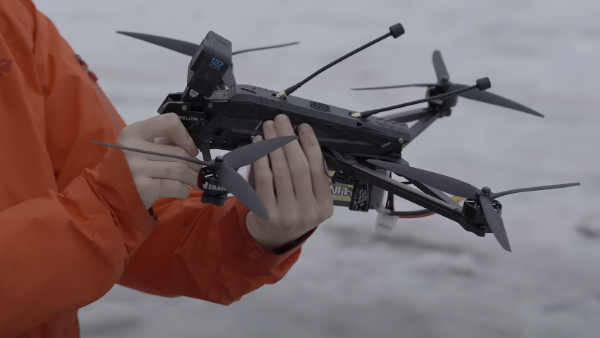
How to choose battery for a dtone?
Choosing the right battery for your drone involves considering several factors to ensure optimal performance and compatibility. Here's a guide to help you choose the right battery:
Voltage (V): Check your drone's specifications to determine the required voltage. Most drones operate on 3.7V (1S), 7.4V (2S), 11.1V (3S), 14.8V (4S), or 22.2V (6S) batteries.
Capacity (mAh): The capacity of the battery determines how long your drone can fly. Higher capacity batteries generally provide longer flight times but may be heavier. Consider a balance between flight time and weight for your needs.
Discharge Rate (C rating): The discharge rate indicates how much current the battery can deliver. A higher C rating is suitable for drones that require high power output, such as racing drones or those with powerful motors.
Size and Weight: Ensure that the battery fits your drone's battery compartment and does not add excessive weight, which can affect flight performance.
Connector Type: Check the connector type (e.g., XT60, XT30, JST) to ensure compatibility with your drone's power distribution board.
Usage Environment: Consider the temperature and flying conditions in which you'll be using the drone, as extreme temperatures can affect battery performance.
How long should a drone battery last?
A drone battery's lifespan can vary depending on several factors, including how well it's maintained, how often it's used, and how it's charged and stored. On average, a well-maintained drone battery can last anywhere from 100 to 300 charge cycles. However, some batteries can last even longer with proper care. It's important to follow the manufacturer's guidelines for charging, storing, and using your drone battery to maximize its lifespan.
What's the longest battery life on a drone?
The longest battery life on a drone can vary depending on the drone's size, weight, and battery capacity. Generally, consumer drones have a flight time ranging from around 10 minutes to 30 minutes on a single battery charge. However, some specialized drones, such as those used for industrial or military purposes, can have much longer flight times, ranging from 1 hour to several hours. These drones often use larger batteries or other power sources to achieve longer flight times.
How can I extend my drone battery's lifespan?
To extend your drone battery's lifespan, you can follow these tips:
Avoid overcharging: Remove the battery from the charger once it's fully charged to prevent overcharging, which can damage the battery.
Avoid deep discharges: Try to avoid completely draining the battery before recharging. Instead, recharge the battery once it reaches about 20% to 30% capacity remaining.
Store at the correct voltage: Store your batteries at around 3.7V per cell, which is the optimal storage voltage for most lithium polymer (LiPo) batteries. This helps prevent them from losing capacity over time.
Store in a cool, dry place: Store your batteries in a cool, dry place away from direct sunlight and extreme temperatures. High temperatures can accelerate battery aging.
Use the right charger: Use a charger that is designed for your specific drone battery to ensure safe and efficient charging.
Balance charge regularly: If your battery is a LiPo battery, regularly balance charge it to ensure that all cells are charged evenly. This helps prolong the battery's lifespan.
Inspect regularly: Inspect your battery regularly for any signs of damage or swelling. If you notice any issues, stop using the battery immediately and dispose of it properly.
Avoid overdischarge during storage: If you're storing your batteries for an extended period, make sure to check their voltage periodically and recharge them if they drop below the recommended storage voltage.
Why do drones run out of battery so fast?
Drones can run out of battery quickly due to several factors:
High Power Consumption: Drones use a lot of power to stay airborne, especially if they're carrying a heavy payload or flying in windy conditions. This high power consumption can lead to a faster depletion of the battery.
Small Battery Size: Consumer drones are often designed to be lightweight and portable, which means they have smaller batteries with limited capacity. This smaller battery size contributes to a shorter flight time.
Flying Conditions: Flying in windy conditions or at high speeds can increase the drone's power consumption, leading to a faster depletion of the battery.
Hovering: Hovering in place requires the drone to use a constant amount of power to maintain altitude, which can drain the battery faster than flying in a straight line.
Old or Degraded Battery: Over time, drone batteries can degrade and lose capacity, resulting in shorter flight times.
How do I know when my drone battery is low?
Most drones are equipped with a low battery warning system to alert you when the battery is running low. This warning can be in the form of:
Visual Indicators: The drone's lights may start flashing or change color to indicate a low battery.
Audible Alerts: Some drones emit beeping sounds or other audible alerts to indicate a low battery.
App Notifications: If your drone is connected to a mobile app, you may receive a notification on your smartphone or tablet indicating a low battery.
Automatic Return-to-Home (RTH): Many drones have a feature that automatically returns the drone to its takeoff point when the battery is critically low. This is a safety measure to prevent the drone from crashing due to a depleted battery.
How to charge drone battery?
To charge a drone battery, follow these general steps:
Remove the Battery: Remove the battery from the drone before charging.
Use the Correct Charger: Use the charger that came with your drone or a compatible charger recommended by the manufacturer.
Connect the Battery: Connect the battery to the charger. Make sure the polarity is correct.
Plug in the Charger: Plug the charger into a power source. Some chargers may have indicator lights to show when the battery is charging and when it's fully charged.
Monitor the Charging Process: Keep an eye on the battery while it's charging. If you notice any unusual heat or swelling, stop charging immediately and disconnect the battery.
Charge Until Full: Allow the battery to charge fully. The charger or battery may indicate when it's fully charged.
Disconnect and Store Safely: Once the battery is fully charged, disconnect it from the charger and store it safely, following the manufacturer's guidelines.
Can I use any charger to charge my drone battery?
It's important to use a charger that is specifically designed for your drone battery to avoid damaging the battery or the drone. Using the wrong charger can result in overcharging, undercharging, or other issues that can shorten the battery's lifespan or cause it to malfunction. Always use the charger that came with your drone or a compatible charger recommended by the manufacturer.
How long does it take to charge a drone battery?
The time it takes to charge a drone battery depends on several factors, including the battery's capacity, the charger's output power, and the current charge level of the battery.
For example, a small drone battery with a capacity of around 1,000mAh may take about 30-60 minutes to charge fully with a standard charger. However, larger batteries with capacities of 5,000mAh or more can take several hours to charge fully.
Fast chargers are also available for some drone batteries, which can significantly reduce charging times. These chargers can charge a battery in as little as 15-30 minutes, but they may reduce the overall lifespan of the battery if used frequently.
How should I store my drone batteries?
To store your drone batteries properly, follow these guidelines:
Storage Voltage: Store your batteries at around 3.7V per cell, which is the optimal storage voltage for most lithium polymer (LiPo) batteries. Most LiPo chargers have a storage mode that can discharge or charge the battery to this level.
Temperature: Store your batteries in a cool, dry place away from direct sunlight and extreme temperatures. High temperatures can accelerate battery aging.
Avoid Full Discharge: Avoid storing your batteries fully charged or fully discharged for extended periods. This can reduce the battery's lifespan.
Regular Checks: Periodically check the voltage of your stored batteries and recharge them if they drop below the recommended storage voltage.
Storage Bag: Consider storing your batteries in a fireproof LiPo battery bag or container to contain any potential fires in case of a battery failure.
As a global leader in lithium battery cell manufacturing, Grepow offers professional customized and standard drone batteries to meet various drone applications, such as FPV and commercial drones. If you have any questions or needs, please feel free to contact us at info@grepow.com.
Related Articles
-
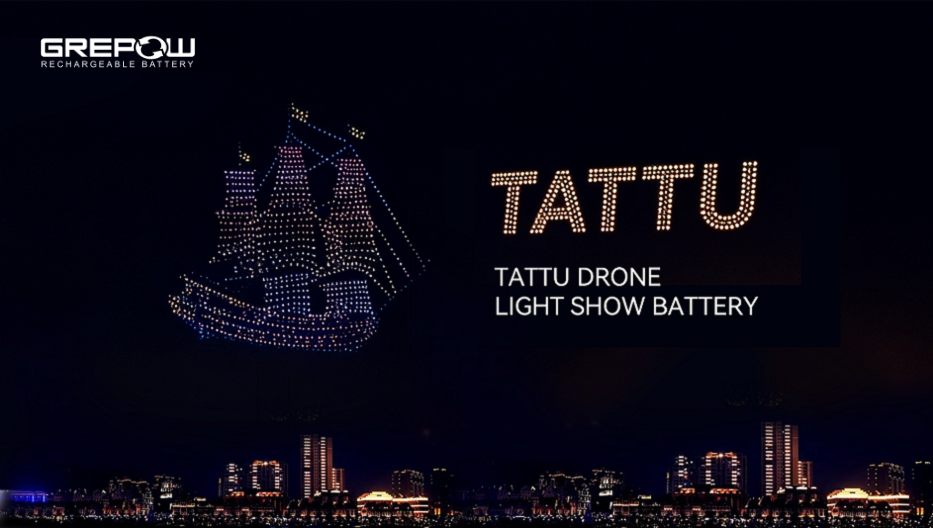
Powering Aerial Artistry: Grepow Battery Solutions Behind Drone Light Shows
2025-10-27 -

Vatican Drone Show: Where Technology Meets Faith
2025-09-15 -
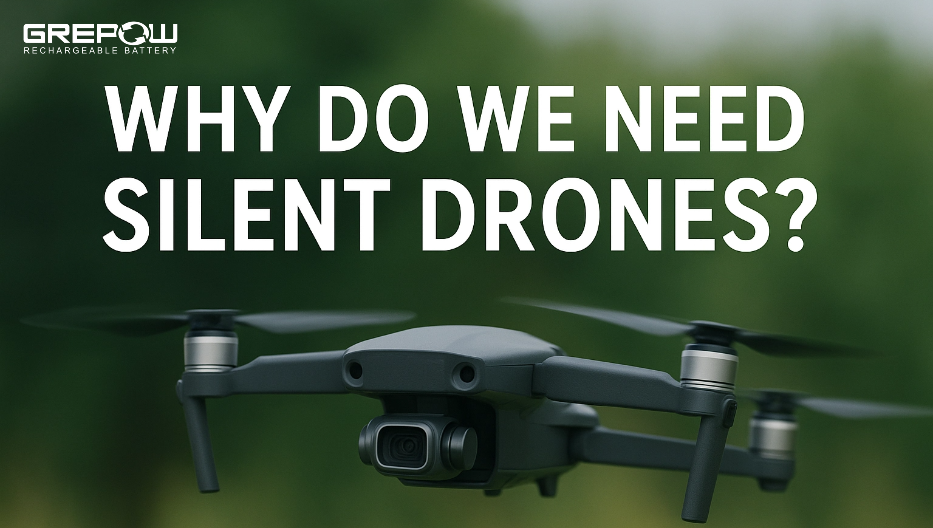
Why Do We Need Silent Drones?
2025-09-02
Related products
-
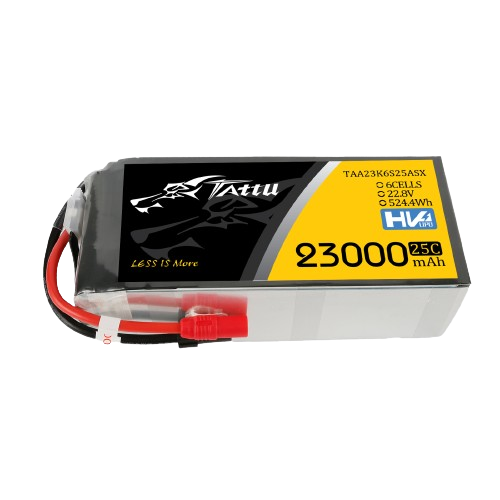
Tattu 23000mAh 6S 22.8V 25C LiHv Pouch Cell UAV Battery
-
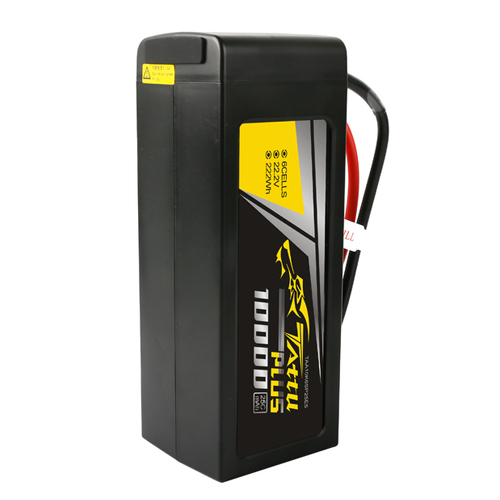
Tattu Plus 6S 10000mAh 22.2V 25C Lipo Smart Drone Battery
-
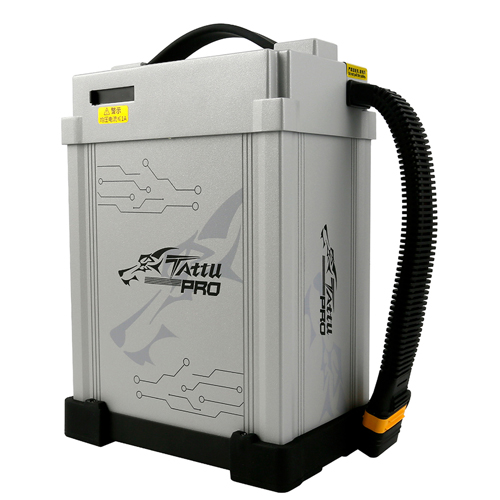
Tattu Pro 14S Lipo 22000mAh 51.8V Smart UAV Drone Battery Pack
-
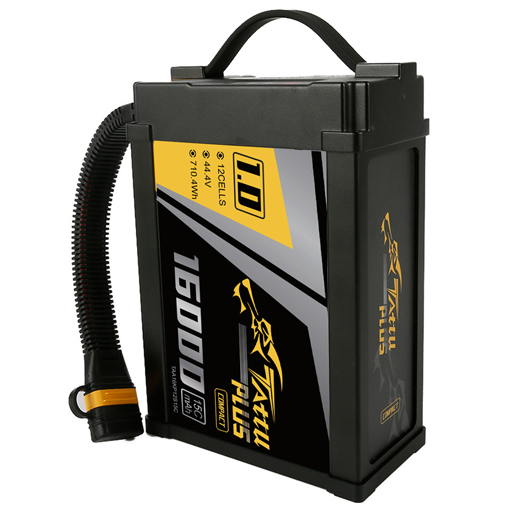
Tattu Plus 1.0 Compact 12S 16000mAh 44.4V 15C Lipo Smart Drone Battery
















































